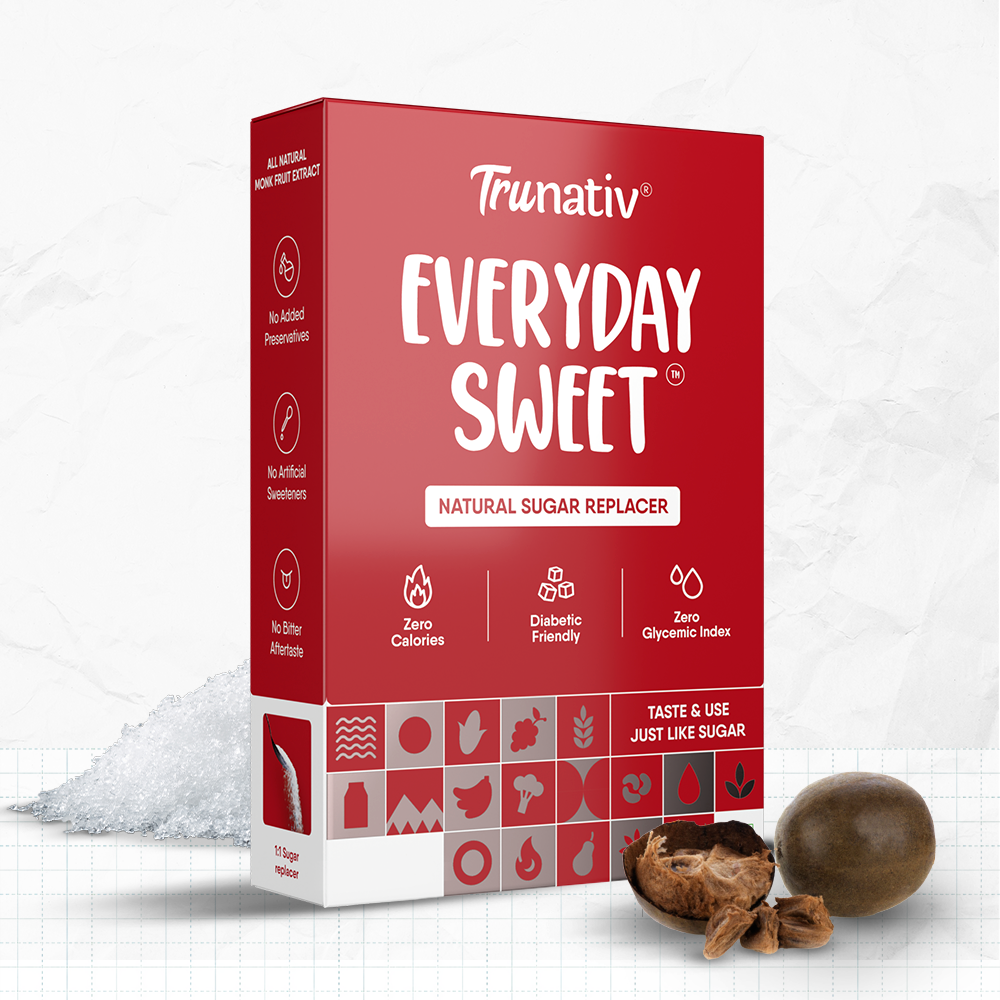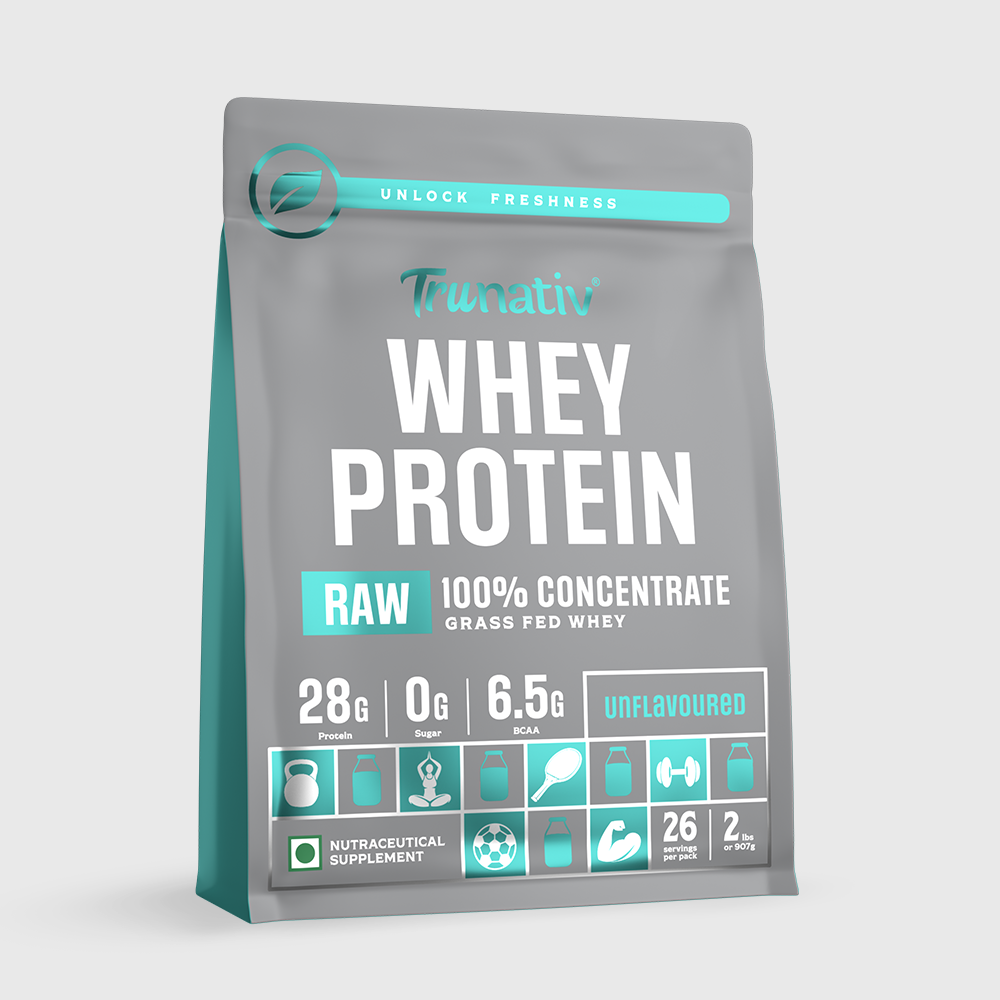

· By AMISHA SHUKLA
How to be Fit in 10 Days
Doing bicep curls too much too soon can lead to burnout
You've accumulated a few pounds to lose, but mounting the stairs leaves you winded -- and your military fitness test, a hot date, or your high-school reunion is only 10 days away. Coming into tip-top form just isn't feasible in such a short time. In 10 days, you can safely lose a pound or two, maybe three, but you can't create much stamina or important muscle. So instead, you can jump-start a program that allows you to feel better and look healthier so that when the next test or hot date rolls around, you'll be ready.
Enhance Your Cardiovascular Fitness
Building cardiovascular fitness signifies a healthier heart, a stronger respiratory system, and tremendous stamina. You'll require eight to 12 weeks of at least three weekly workouts for 30 minutes or more to boost your aerobic capacity. Delivering greater aerobic capacity suggests performing harder for longer before exhibiting signs of fatigue.
If you're fresh to exercise or returning after a hiatus, you might feel a contrast with only 15 minutes of moderate-intensity activity executed every other day during the 10 days. So during your last few workouts, expand the duration. But don't raise your exercise time by more than 10 to 20 percent each week, as this will raise your chance of injury.
Getting Stronger in 10 Days
Building enough muscle to look bigger and feel stronger won't occur in 10 days. The most muscle you can achieve in a week is about 1/2 pound, with concerted effort, including heavy weights and extra calories. Of course, if you're creating, you can make close strength rather fast and see distinctions in muscle tone within a few weeks. But 10 days might not be enough time for such results to be apparent to anyone except you.
Kick-start weight training, using bodyweight exercises and machines, which help keep your form, particularly during the first week or two. Manage all the major muscle groups with compound, or multi-joint, activities such as squats, lunges, chest presses, bicep curls, shoulder raises, tricep extensions, rows, and crunches.
Do one set of eight to 12 repetitions. After 10 days, improvement in freeing weights, with guidance from a fitness professional, and using heavier weights when 12 repetitions are doable. For significant gains, advance the number of sets and weights over time.
Don't force train every day for 10 days; hope to see results. You'll risk injury and aren't providing your body time for rest and recovery. In addition, strength training splits down muscle fibers; if you don't offer muscles time to repair, they can't develop stronger. So instead, work your muscles on non-consecutive days -- strive for three sessions a week, at most.
Building Greater Fitness Levels
Once you've established a cardiovascular base over several months, exercising more frequently and at an increased intensity will generate greater health advantages. If you already exercise moderately, kick up your fitness by adding interval training to two or three cardio workouts during the 10 days. This applies by alternating short spurts of high-intensity work with lower-intensity work, such as alternating 30 seconds of sprinting with 30 seconds of walking.
To enhance your fitness level, your cellular system and muscle memory should adjust, which requires several weeks. Avoid making your workouts longer and more severe during the 10 days; this improves your odds of injury. Instead, select only one variable to change each week. For example, you could raise the intensity for the duration of your workout or work out at the same intensity but count 5 to 10 minutes to your workout time. Attempting to exercise every day at an all-out action only raises your chance of injury or burnout and won't allow your fitness level to progress.
Engaging in a mediocre strength-training program to make you stronger and into true "shape" will take more than 10 days. In addition, your gains taper off as your body becomes habituated to working out, so you may need new exercises or perform them differently to undergo a true fitness breakthrough. For example, a course in which you perform eight to 10 exercises in quick succession for one or more rounds is one way to mix your weight training.
Sweep Up Your Diet in 10 Days
A 10-day cleanup of your diet can do wonders to allow you to feel better and relish a higher fitness level. First, eradicate processed foods such as white bread, soda, chips, cereal bars, and candy. Then, cut the white rice, pasta, and fatty cuts of meat at meals.
Instead, make your meals consisting of fibrous vegetables, whole grains, lean proteins, and healthy fats. Retain fruits, low-fat dairy, and unsaturated fats in moderation. For instance, have eggs with vegetables sauteed in olive oil for breakfast. Eat a big green salad with chickpeas, pumpkin seeds, olive oil, and balsamic vinegar for lunch. For dinner, have brown rice with seared salmon and steamed broccoli. Use spices, herbs, and citrus juice for its seasoning. Stay hydrated with abundant water or herbal tea, and snack on nuts, fresh fruit, or low-fat yogurt.
The Bottom Line
This whole-food diet can assist you in decreasing extra fluid retention that weighs you down and causes you to feel sluggish or heavy. In addition, the nutrients help the high energy levels essential for cardio, and the quality proteins increase your muscle-strengthening work at the gym.















